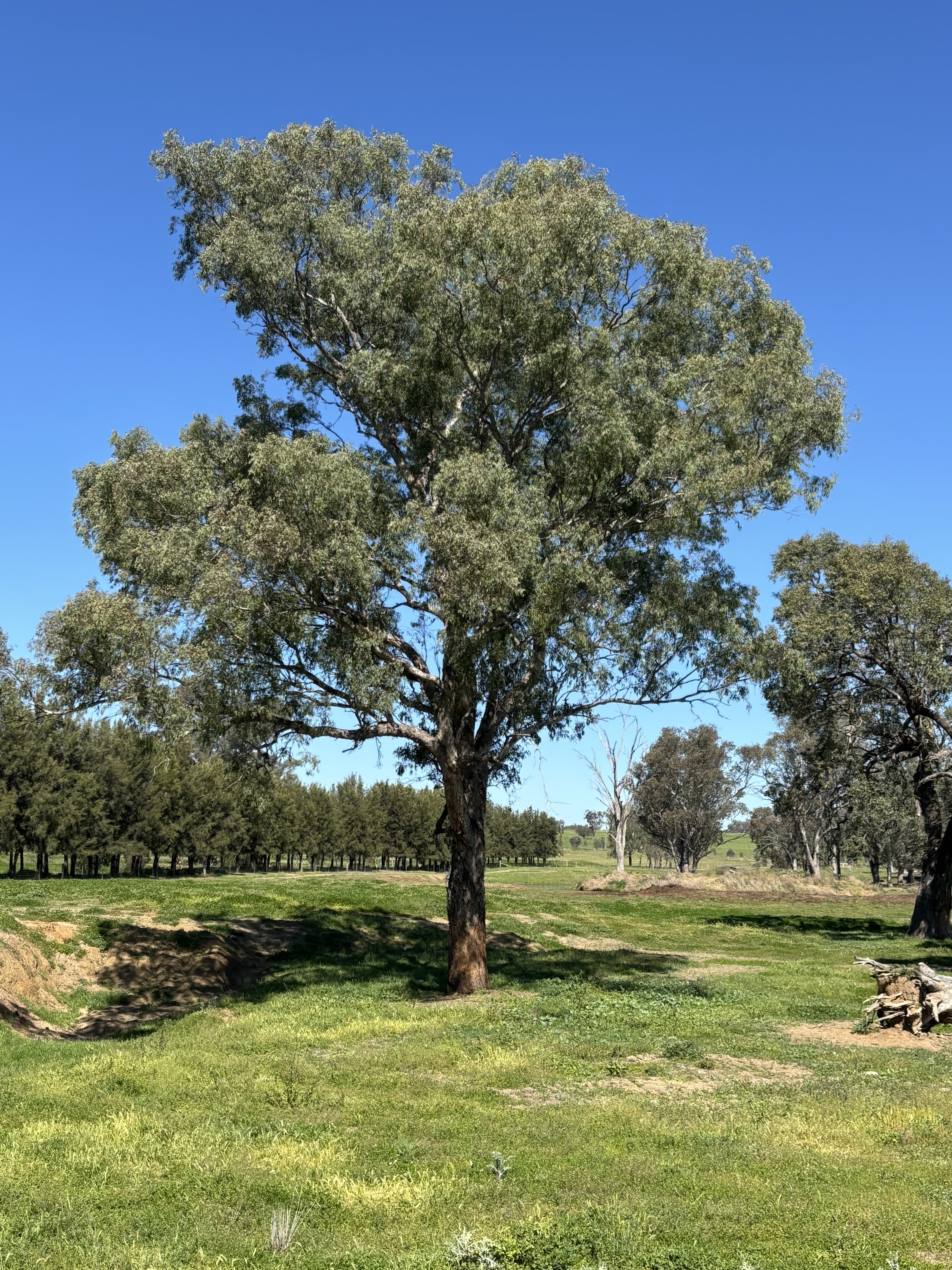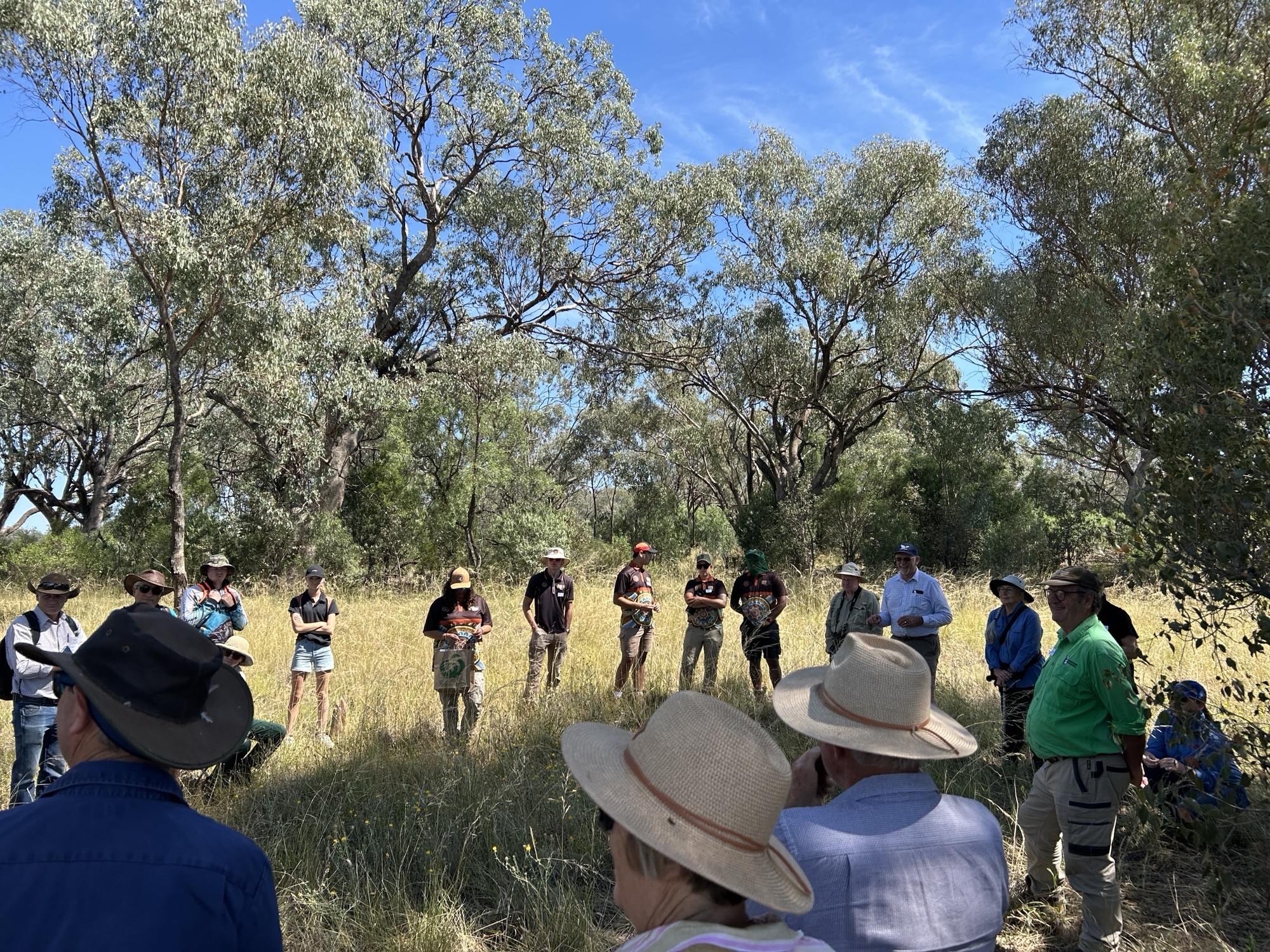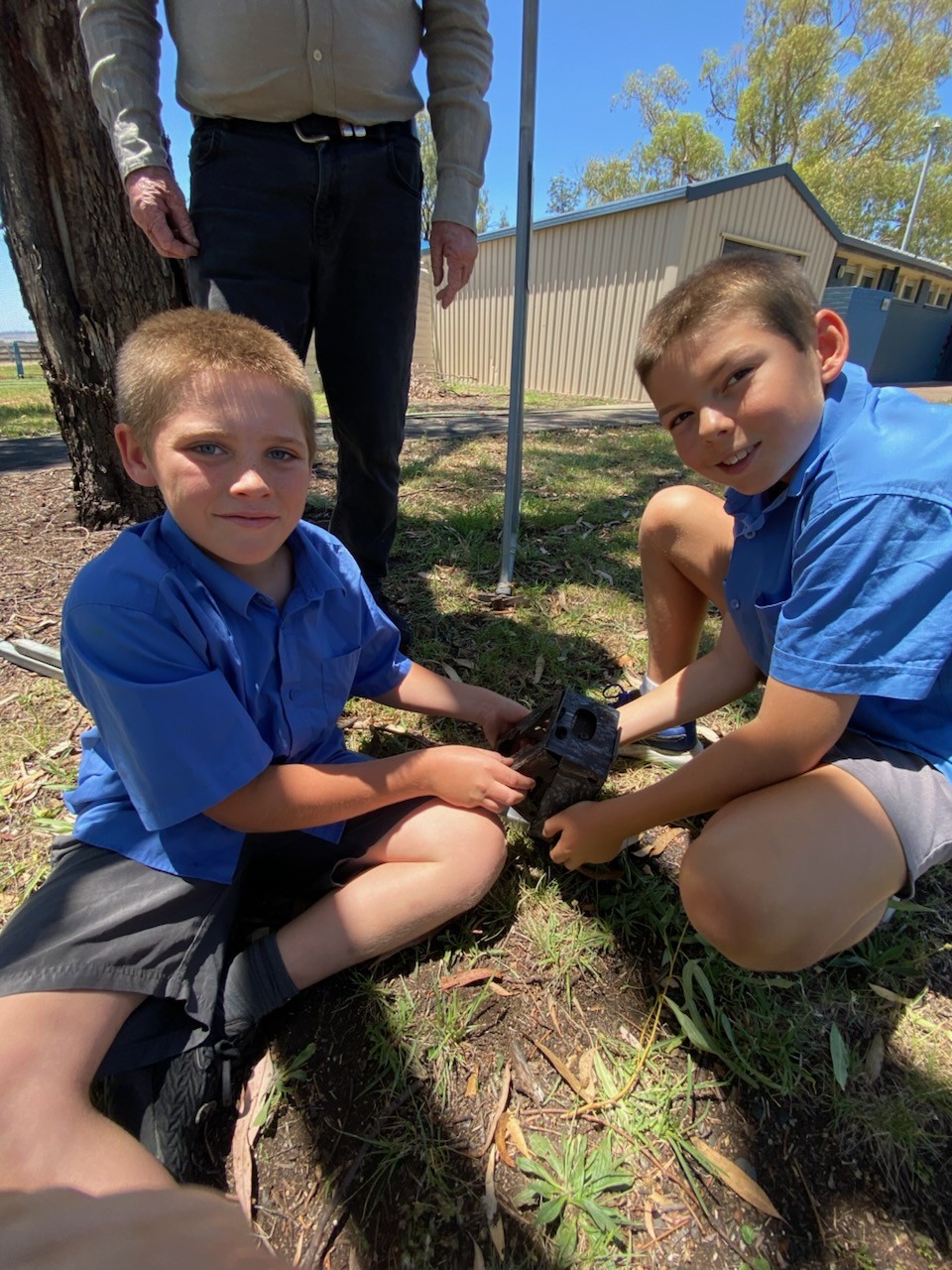Habitat augmentation
Discover the Future of Wildlife Conservation with Habitat Innovation
TRLA is excited to be hosting a habitat augmentation workshop, on July 25 at Bendemeer. The workshop will be undertaken by Mick Callen from Habitat Innovation, a leading expert in biodiversity management. Join us for an engaging and informative session where you will learn about innovative habitat augmentation techniques that can transform your farm, backyard, or community into a thriving ecosystem for wildlife.
Why Attend? If you love wildlife, birds, reptiles, and mammals, this workshop is a must-attend! Habitat Innovation specializes in creating, enhancing, and managing habitats to ensure the long-term viability of Australia's unique biodiversity. By attending, you'll gain practical knowledge and hands-on experience in habitat augmentation, learning how to support local wildlife effectively.
About Habitat Innovation Habitat Innovation is dedicated to the long-term management of Australia's unique biodiversity. Their team of ecologists uses cutting-edge techniques to develop nature-based solutions, including:
- Supply and installation of Habitat Modular Nest Box Systems
- Carved hollow installation using the Hollow Hog tool and chainsaw
- Nest box and augmented habitat monitoring and reporting
- Biodiversity planning for threatened species recovery
- Habitat Needs Assessment (HNA)
- Landscape scale biodiversity monitoring and management
- Biodiversity enhancement of agricultural landscapes
- Revegetation strategies
Their modular nest boxes, designed by ecologists, mimic the stable microclimate of natural tree hollows, providing vital homes for hollow-dependent fauna such as gliders, possums, and parrots. These innovative solutions are especially crucial in the wake of events like the Black Summer bushfires, which left many animals homeless.
Benefits of Attending By participating in this workshop, you will:
- Learn how to create and maintain habitats that support local wildlife.
- Gain insights into the latest ecological research and techniques.
- Enhance the biodiversity of your property, whether it's a farm, backyard, or community space.
- Contribute to the conservation of threatened species and the restoration of natural habitats.
Join Us! Don't miss this opportunity to learn from the experts at Habitat Innovation and make a positive impact on our local environment. Whether you're a farmer, a backyard enthusiast, or a community member, this workshop will provide valuable knowledge and tools to help you support wildlife in your area.
We look forward to seeing you there and working together to build a better future for our native species!
Book your spot here: https://tinyurl.com/yv482bw8






.png)
